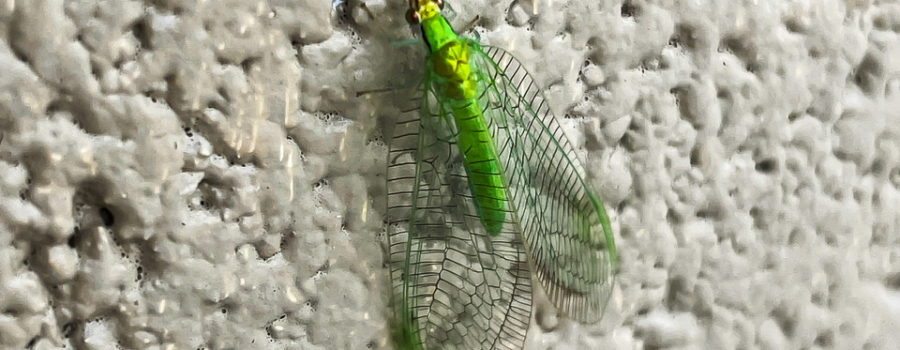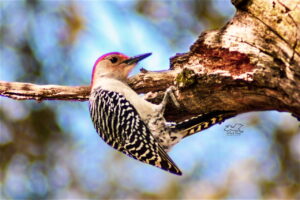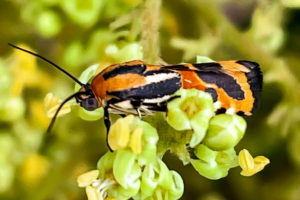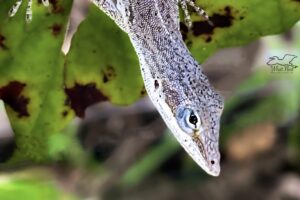The Green Lacewing is Beautiful and Good for Your Garden

One day last week I was sitting outside on my porch checking email and enjoying a warm evening when I noticed a beautiful, bright lime green insect flitting around my windows and along the outside wall. Yes, this one was outside, not in my bathroom! It would flutter around for a bit and then land on the window or the wall for a little while. Then it would flutter around again for a few seconds before landing again. This lasted for about fifteen minutes before it rounded the corner of the house and flew off into the woods. While it was fluttering around, up and down along the wall and windows between rests, it called to my mind some sort of fairy. The wings were completely transparent except for some dark veins, and when flying, they moved very quickly and gracefully.

I had seen these little things flying around in the woods before, but I had never had an opportunity to photograph them or to identify them. Of course, I took advantage of every rest that this one took to snap a few shots before it was off again. Then I took advantage of having a few good photos to get it identified. Some of you may already know that it is a green lacewing. I say that because the green lacewing is a pretty common moth throughout much of the world, and definitely in all of North America. It is naturally found in gardens, parks, forests, grassy areas, wetlands, and in towns and cities.

It’s eggs are also sometimes sold to nurseries and greenhouse owners to help when they are having aphid problems. Green lacewing larvae are voracious eaters and will eat aphids, small caterpillars, other insect’s larvae, mites, other insect’s eggs, and anything else of appropriate size. They tend not to be adept hunters, but instead just eat whatever comes their way. Some species of adults also eat insects, while others eat nectar, pollen, and aphid honeydew, yet others will eat a combination of both. Lacewings can be attracted to your garden by planting several types of flowers that they especially like. These include sunflowers, asters, dill, cosmos, dandelions, and angelica. Worldwide there are over 1500 species of lacewings and not only do their diets vary, but so does their size with the largest ones living in tropical regions.

Since there are so many lacewings, and since they are not only beautiful, but also very useful to gardeners and horticulturists, many people are familiar with them. Many people are also familiar with lacewings since they will live in such a variety of habitats. Have you seen lacewings where you live? Where do you see them?





Recent Comments